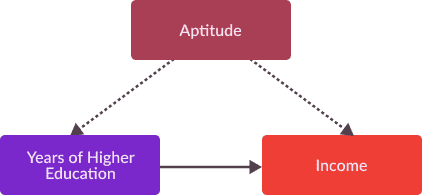Structural Causal Models
How do we represent causal relationships between the many interconnected processes which comprise our universe?

An Update
In order to ensure that I can provide an exploration into causal inference that is as informative and understandable as humanly possible, I have used a variety of fancy typesetting functionalities to convey practical concepts in my posts. Unfortunately, many of these functionalities, such as color coding for concept mapping or LaTeX-like equation notation are not currently supported by the Substack Editor. Until I can find a solution to send full posts via email to my subscribers, I will only be able to use this list to alert you of new posts on my blog at causalflows.com, and to provide summary information about the content of each post. If you have any ideas or suggestions to improve the subscription experience, feel free to let me know in the comments below! I would like to be as accommodating as I can be while effectively running this newsletter.
My Latest Post
That said, I invite you to check out my latest post on structural causal models, the powerful yet concise language CI researchers use to describe the causal relationships between processes in our universe. In this post, I also cover causal graphs, a DAG representation of structural causal models, which is extremely useful for robust causal analysis and effective visualization of causal relationships. Causal modelling is a foundational concept for building a practical understanding of the causal inference literature, and in reading future posts you will soon see just how powerful such simple notation can be.



Hi Ken, could you please clarify the subscript in the function effecting the years variable being “a” (applied to the aptitude unobserved variable) instead of “y”? And in the next example a subscript “a” instead of “e” (explanatory) and “i” instead of “o” (outcome)? And using the same function subscript “r” (and asume the same function) to be applied to the marketing spend, buyers and sellers variables? Is that relevant? I guess I am missing something.